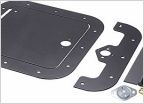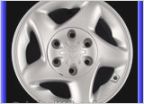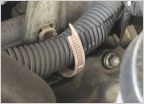-
Welcome to Tundras.com!
You are currently viewing as a guest! To get full-access, you need to register for a FREE account.
As a registered member, you’ll be able to:- Participate in all Tundra discussion topics
- Transfer over your build thread from a different forum to this one
- Communicate privately with other Tundra owners from around the world
- Post your own photos in our Members Gallery
- Access all special features of the site
P0138/0158 After starter job, unsure where else to look
Discussion in '1st Gen Tundras (2000-2006)' started by Hatchi, Jun 4, 2025.


 Reccomended Services
Reccomended Services What's this #2
What's this #2 Fuel pump access cover for truck bed.
Fuel pump access cover for truck bed. Black center caps on 1st gen silver alloys
Black center caps on 1st gen silver alloys Need Part Numbers for Two Wire Bundle Clips
Need Part Numbers for Two Wire Bundle Clips